-
BB’s Big Summer Road Trip!
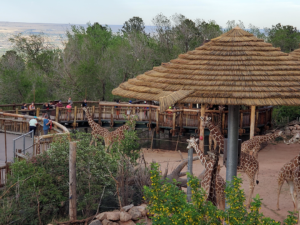
RETICULATED GIRAFFE TO MOVE TO DENVER ZOO IN SUPPORT OF SPECIES SURVIVAL PLAN BB, a 21-month-old giraffe at Cheyenne Mountain Zoo, will soon be cruising up I-25 to meet her new playmate, 5-year-old Dobby, and his mom, Kipele, at Denver Zoo! Although BB’s exact moving date will not be shared, guests can see her at . . .
-
CMZoo Guests Triple Conservation Funding for Tsavo Trust through Daily Elephant Feedings
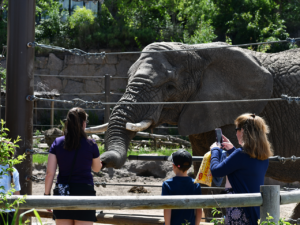
When you give Lucky, one of six CMZoo African elephants, an apple, you’re giving her wild counterparts a better chance at survival. Since 2016, CMZoo’s scheduled paid elephant feeding opportunities have sent $25,000 annually to Tsavo Trust, our frontline conservation partner in Tsavo National Park. Now, guests are raising $75,000 per year for our frontline . . .
-
Cheyenne Mountain Zoo Helps Launch Global Mobile App to Empower Consumers to Save Wildlife and Wild Places
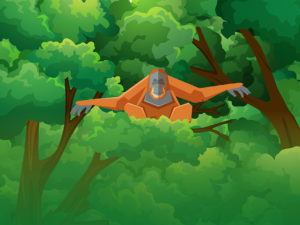
If you’ve ever wanted to save the rainforests from the comfort of your smartphone, now’s your chance. With a brand-new free global mobile app, everyone has the power to advocate with their shopping choices, and to make large companies listen to their demands for sustainably produced palm oil. Cheyenne Mountain Zoo (CMZoo), under the direction . . .
-
CMZoo Conservation Team Prepares for Busy Wyoming Toad Breed-and-Release Season
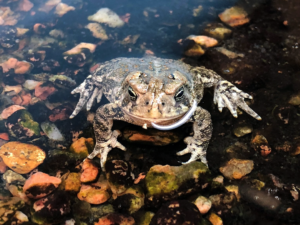
The soft serenade of Wyoming toad mating calls will soon echo through the hallways of the Cheyenne Mountain Zoo conservation center, as Field Conservation Coordinator Jeff Baughman welcomes ten breeding pairs of critically endangered amphibians back from 38 days of hibernation. “It’s a busy time of year for us,” said Baughman, who has been intimately . . .
-
Take Pride in Every Step

It’s springtime in the Centennial State, which means nature lovers from all over the world are making plans to explore Colorado’s beautiful wild places. Part of planning your adventure can include planning ways to take pride in every step you take. “Exploring the great outdoors can be incredibly fulfilling, and as much as we benefit . . .
-
Member-Supported East African Crowned Crane Conservation Gains Momentum
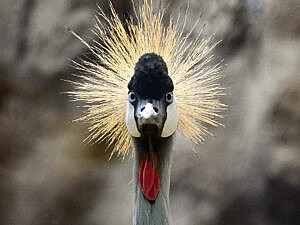
In its third consecutive year of Cheyenne Mountain Zoo members’ support, International Crane Foundation’s work to save crowned cranes in East Africa is gaining momentum. The project, based in Kenya, is critical in understanding why wild crowned crane populations have declined by more than 80 percent in 25 years. “We have to learn why something . . .
-
CMZoo Invites School and Community Groups to Endangered Species Day
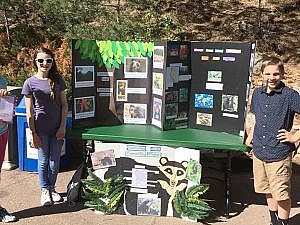
Zoos play a pivotal role in the care and conservation of the world’s most vulnerable species. From the largest land mammals, like giraffe and elephants, to the smallest jungle dwellers, like tree frogs and insects, species all over the world are regularly facing challenges that can threaten their future. The best tools to protect these . . .
-
Horticulture Team Tested, Orangutan-Approved: CMZoo’s Shipping Container Farm Produce is a Hit with Primates, Giraffe and Wallabies
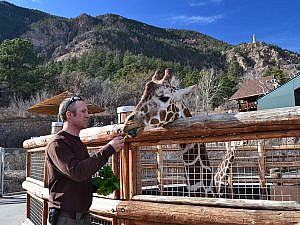
In July, we told you about the new shipping container farm growing produce for animals at Cheyenne Mountain Zoo. Since then, CMZoo’s horticulture team has been working through challenges and growing their knowledge, along with lots of lettuce. Last month, they harvested their first test yield of romaine lettuce for CMZoo’s giraffe herd! “They ate . . .
-
Bluestem’s Next Adventure: Species Survival Plan Makes Breeding Recommendation
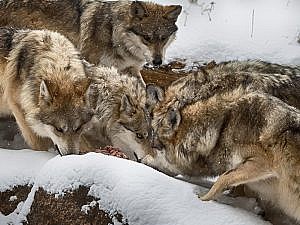
Cheyenne Mountain Zoo will soon bid bon voyage to Bluestem, a three-year-old female Mexican wolf. In the coming months, she will leave her home in Rocky Mountain Wild for a Mexican Wolf Species Survival Plan (SSP) breeding recommendation at a facility in Mexico. CMZoo’s seven Mexican wolves serve their species as ambassadors for wild wolves, . . .
-
Forty Years Since Their Rediscovery, Black-Footed Ferrets Continue Wild Recovery
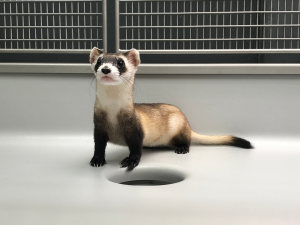
It’s easy to see why the black-footed ferret (BFF) is considered the ambassador of the prairie ecosystem. With its black-and-white bandit-esque markings, small stature and curious demeanor, many consider this species adorable. That’s true; but they’re also highly trained hunters with a big job: restoring balance in their ecosystem while helping their own species recover . . .
News Archive
